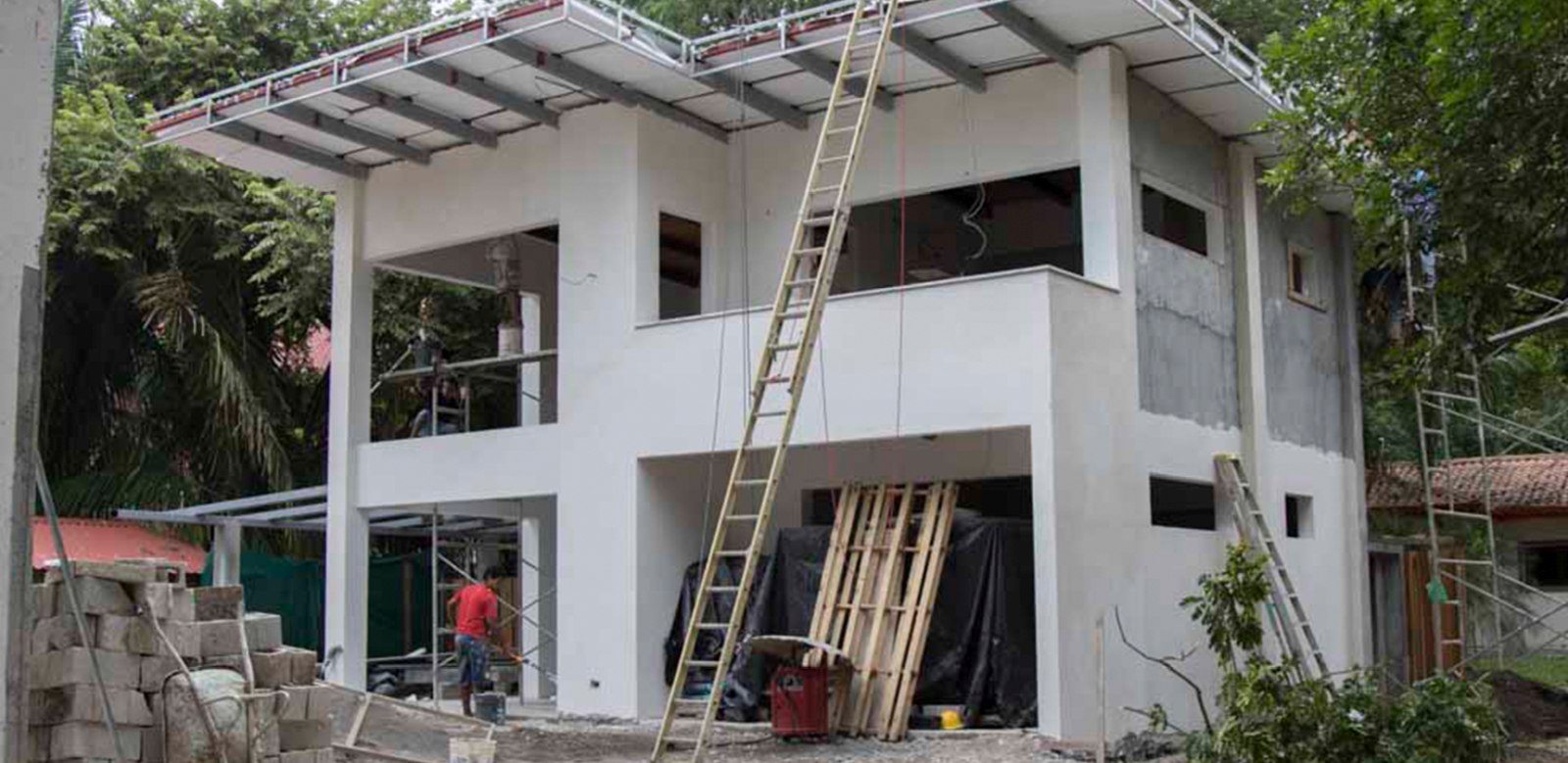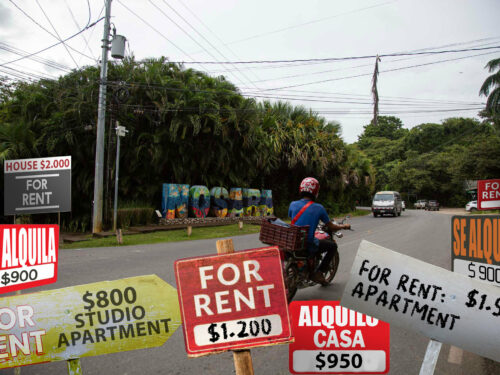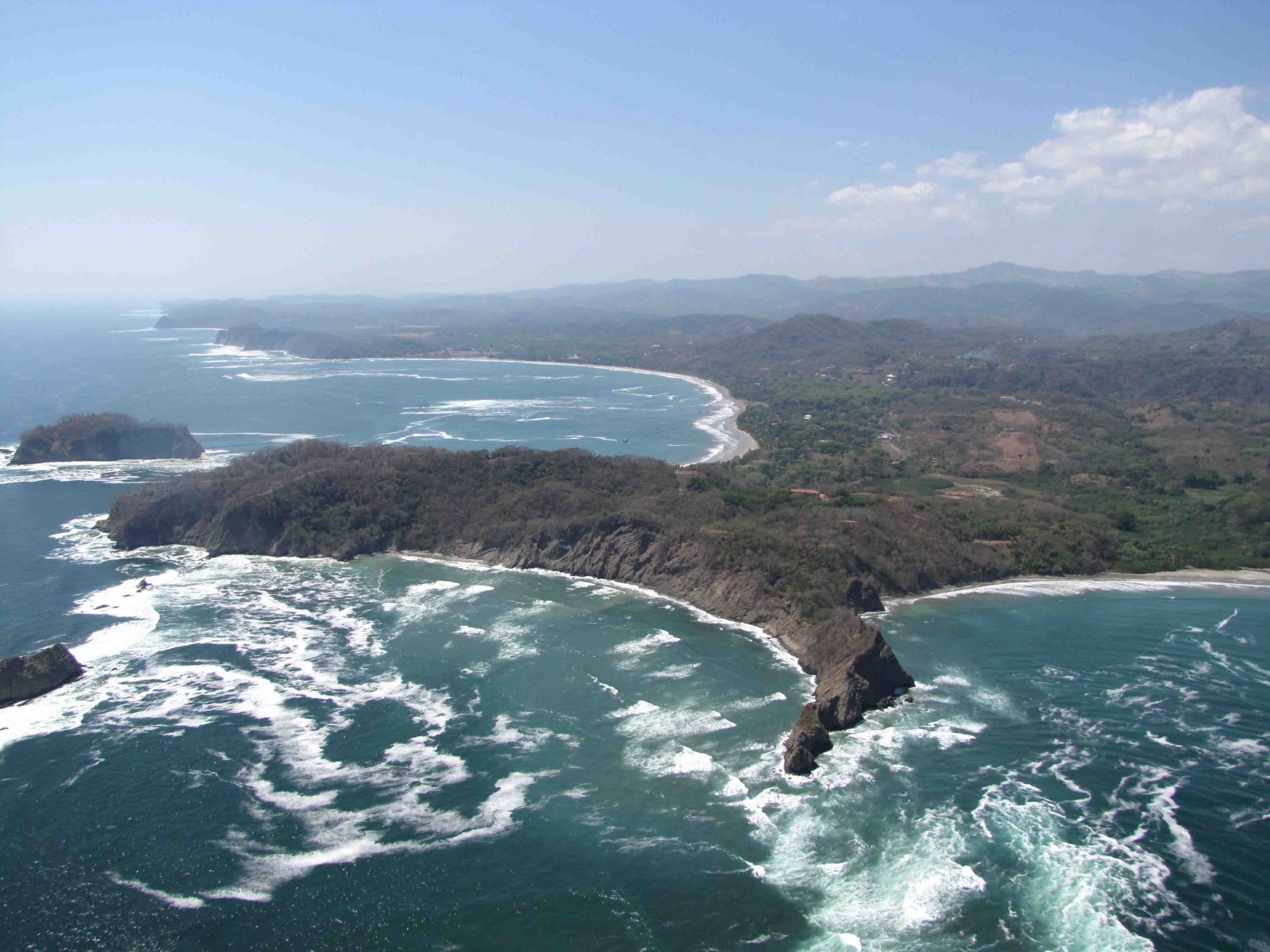
Nosara residents are growing accustomed to the sight of shell and core stage construction projects throughout the area. In the past five years, this district has ranked fourth in all of Guanacaste in terms of the amount of square meters permitted for housing at the Association of Engineers and Architects (CFIA).
Nosara beats other districts including Tamarindo for planned apartment construction. Along with Sardinal, central Nicoya and central Liberia, Nosara takes the lead in attracting new apartment complexes.
Neither water-access problems associated with aqueducts in periods of drought, nor the poor condition of roads during the rainy season have dissuaded people from seeking housing in this jungle Mecca, replete with cosmopolitan restaurants, howler monkeys and protected beaches.
Data analyzed by The Voice of Guanacaste show that plans to build new housing in the area continue increasing in number, at an average annual rate of 25 percent when homes and apartments are factored in.
In 2010, 7,109 square meters of new housing permits were processed, a number that jumped to 14,977 in 2015. This last is an area roughly the size of two football fields. That doesn’t necessarily mean these projects were finished, but it does show an interest by new residents to live in the area.
The trend is encouraging for local business owners, but it also adds pressure on rural aqueducts, natural resources and public security in the area.
“Nosara isn’t prepared. While it is true more jobs are created, it means crime also will increase. While many construction workers come for the job, others come with bad habits,” said Marcos Ávila, president of the District Development Association.
A New Tamarindo?
A familiar question has been making the rounds in conversations on the street and in local restaurants: Will Nosara become the new Tamarindo?
Although the Ostional Wildlife Refuge is a point in favor of sustainable development, residents are concerned about problems associated with new construction and a lack of coastal zoning plans outside the refuge.
“This is chaos, there are bars and restaurants everywhere,” Ávila said. “The era in which people came here to retire is over.”
A master zoning plan is the tool that municipalities use to regulate land in commercial and residential areas and ensure that development is orderly. Coastal zones usually have their own plan, but Nosara doesn’t.
Garza Development Association President Emilio Rodríguez agreed that the lack of planning is evident.
“As long as you pay the municipality, they’ll let you build,” he said. “Yes, they’ll ask you for land use documents and water availability certification, but without a zoning plan they can’t ask for anything else.”
Another concern is the lack of available water during periods of drought.
“It’s not a secret that some of the asadas (rural water associations) are unable to cope with even the current population’s (demand for water),” Rodríguez said.
Nevertheless, associations that manage rural aqueducts are legally obligated by the Constitutional Chamber of the Supreme Court, or Sala IV, to approve most of these permits.
“Due to rulings by the Sala IV, restrictions on water usually exclude housing construction projects,” the Association of Engineers and Architects stated in an email.
Elizabeth Adams, president of the Playas de Nosara Asada (one of the seven rural water associations in the community), said the association grants most water availability certifications – a requirement for construction projects to start – when they involve single-family homes, because these homes tend to require a low density of water, and the pressure on an aquifer is less.
Construction in the district of Nosara mirrors a regional trend, as plans to build in the last year increased by 30 percent in all of Guanacaste.







Comments